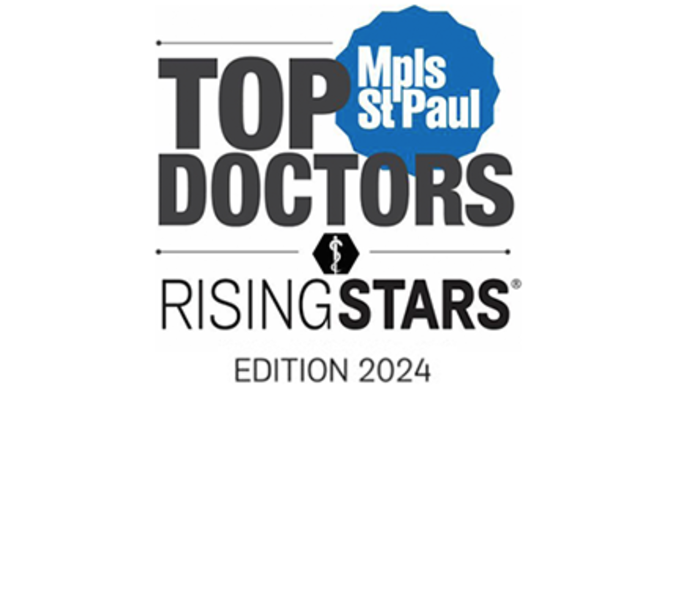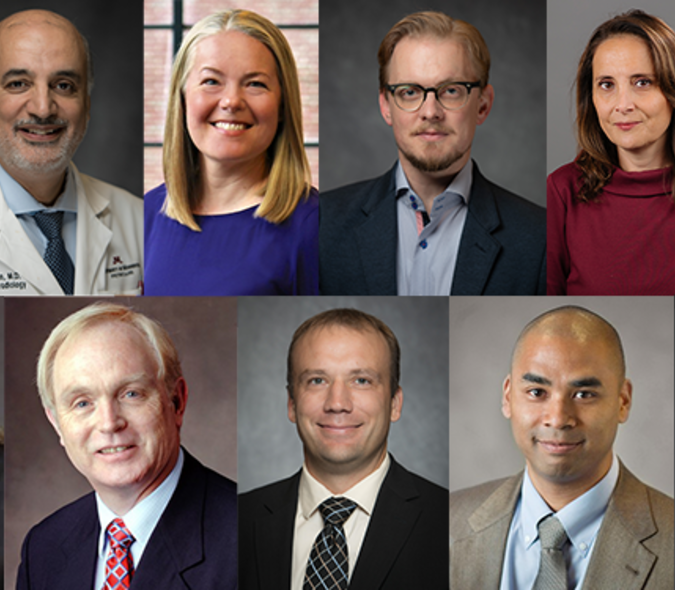Radiology to Implement New Peer Learning Model
University of Minnesota Medical School Department of Radiology faculty will soon be invited to participate in a new Peer Learning system designed to give radiologists opportunities to learn from one another through review and discussion of unique cases.
The new Peer Learning system replaces the department’s existing peer-review process. Faculty will be asked to submit two cases each month using a short REDCap form. From these anonymous case submissions, each division’s Peer Learning designee will select and present cases to review in facilitated conferences.
“We're moving away from an antiquated model to one that will be more efficient and engaging, allowing us to more constructively learn from one another,” said Associate Professor Jeff Rykken, MD, who is leading the implementation with Assistant Professor Takashi Takahashi, MD.
This new Peer Learning model is a more modern approach and has been tested and promoted by the American College of Radiology. The new Peer Learning model will continue to fulfill an important accreditation requirement for the department. Unlike the prior system, faculty are not identified in the submission and review process.
“The Peer Learning conferences will give colleagues a forum for discussing cases involving great catches, near misses and unusual findings in a safe, non-punitive setting,” said Dr. Takahashi.
Seven peer learning designees will be responsible for collecting and presenting cases while ensuring no patient or provider identifiers are included.
PEER LEARNING
DIVISION DESIGNEES
Body: Ben Spilseth, MD
Neuro: Jeff Rykken, MD
Nuclear Medicine: Zuzan Cayci, MD
Breast: Jessica Kuehn-Hajder, MD
Musculoskeletal: Joe Luchsinger, DO
Pediatrics: Tara Holm, MD
Interventional Radiology: TBD
Because the case submission expectations are far less onerous than the previous peer review system, and the model is focused entirely on learning, Drs. Rykken and Takahashi say they expect participation to be robust and the model to be well received. In the future, the case-submission process will ideally be integrated into the Picture Archiving and Communication System as software updates occur.
“This process will ultimately help us be better radiologists and provide better care for our patients,” Dr. Rykken said.



